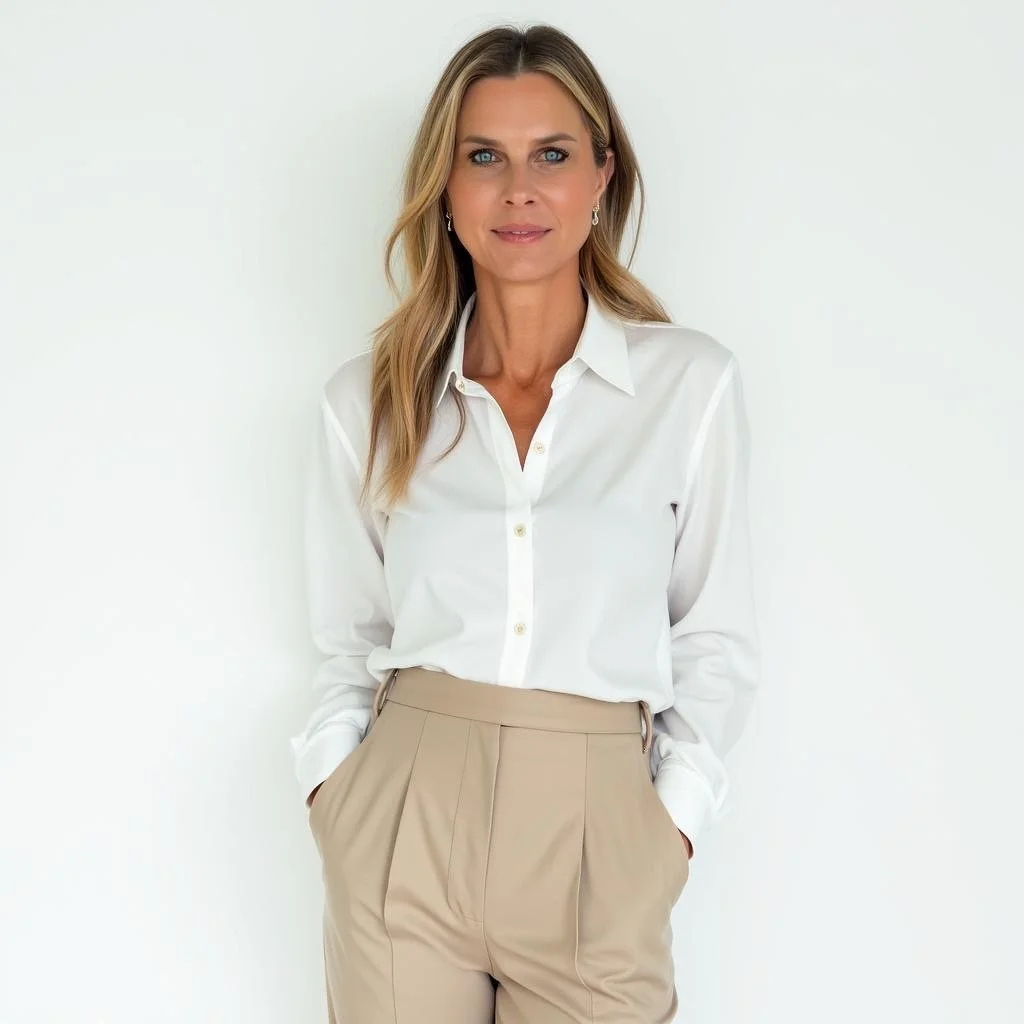Ep. 70: Madeline Weinrib
Textile designer Madeline Weinrib wasn’t a very good student until an art teacher recognized and supported her talent. After a successful stint as a fine artist, she transitioned to textiles. Known for her painterly sensibility, her textiles quickly became sought after and she cultivated collaborative relationships with artisans around the world. Unfortunately, a victim of knock-offs, her designs were stolen and copied so pervasively that her business of 20 years became unsustainable. Heartbreaking, but her next chapter is full of potential.
Follow what Madeline is up to at madelineweinrib.com and follow her on Twitter, Instagram and Facebook. Learn more about Project Mala at projectmala.org.
Portrait by Francois Dischinger
Madeline with family
Young Madeline with paintings
How do you feel about democratic design?
Theoretically, I find democratic design very exciting.
One of the things that excited me about making cotton carpets was that they were so much more affordable than the rugs that designers had been making. I felt it was an opportunity to design something that could be available to so many more people because of the price point. More people could enjoy the collecting of handmade products and original design. It’s also creatively very challenging to design things at a more affordable price point. This was an challenge I really enjoyed.
However, I think it has gone too far with social media and the notion of what’s good is based on popularity. I think this is problematic in many ways. Think about the myth of Vincent Van Gogh and the whole notion of art and design as being before its time.
I like having my work judged by experts and connoisseurs. I feel that democratic design does not engage in enough critical thinking at this time. It’s all about popularity.
Young Madeline painting in the studio
What’s the best advice that you’ve ever gotten?
The best advice I ever received was when I was studying painting at Parsons in Paris during a semester abroad. My teacher (Simon Carr) found some of my paintings in the trash bin. He took them out and said “don’t throw out your paintings. Just put them aside and don’t look at them for a year.”
It taught me to look at my own work with objectivity and distance. I need this every day in my work.
How do you record your ideas?
I write them down. Often, I think I’ll remember and then I find I’ve forgotten and wish I wrote it down.
What’s your current favorite tool or material to work with?
A pencil and paper, always.
What book is on your nightstand?
Feast, Food of the Islamic World by Anissa Helou (I have a special love for reading cookbooks)
The Power of Pattern by Susanna Salk
Proust’s Duchess by Caroline Weber
Why is authenticity in design important?
I think authenticity in design is extremely important but I have too much to say to answer in a couple of sentences. I think you should do an entire panel on authenticity in design and I hope you will invite me to participate.
Favorite restaurant in your city?
ABC Kitchen. I also love Carbone and I adore Cafe Sabarsky at the Neue Galerie when I happen to go uptown.
What might we find on your desk right now?
Always, you will find a stack of paper and pencils on my desk. That is the one constant. I also have some photographs of objects that inspired me on my travels as well as a couple of small objects bought on my recent trips.
Madeline in Nepal
Project Mala
Who do you look up to and why?
One person I really look up to professionally is my husband, Graham Head. He has taught me so much about carpets. He can look at any carpet and tell you what village it was made in. Also, I have learned a great deal about working with people around the world and embracing their different cultures from him.
What’s your favorite project that you’ve done and why?
This is really hard to answer because there have been so many projects that have been meaningful to me. Working with the Brooklyn Academy of Music (BAM) was truly a highlight. They were wonderful to collaborate with because the Director at the time, Karen Brooks Hopkins, saw every aspect of BAM as a forum for creativity. Karen was open to ideas and liked to think outside the box.
Clever is produced by 2VDE Media. Thanks to Jennie Josephson for editing this episode.
Music in this episode courtesy of El Ten Eleven—hear more on Bandcamp.
Shoutout to Jenny Rask for designing the Clever logo.

















